Last weekend I joined a bike tour of Treasure Island, meant to acquaint us with the possibilities of a bike-and-ped friendly redevelopment of the man-made island. Originally built to host the 1939-40 Golden Gate International Exhibition.
It was thought that Treasure Island would be a suitable place for a new airport, and the Pan Am Clippers, which could land on water, did use the island for a brief time as their terminal. Some of the architecture at the southern edge of the island dates from that time, including the main building which has a control tower on its top, and two large hangars behind it.
Treasure Island was a navy base for decades, but these days is a bit desolate, with about 3000 people occupying the increasingly decrepit Navy housing, awaiting the approval of the big plans to remake the island into a new mini-city of 12,000, with 300 acres dedicated to open space and wetlands. A good deal of the island may go under water within the next few decades with rising oceans, so it’s a little hard to think about investing billions in redeveloping it. Still, that’s the plan. Here are some photos I took from Treasure Island, back at SF and the Bay Bridge, and a couple of the new dirigible that recently showed up and is giving rides for $500/hour… here it is over Alcatraz:
The views from Treasure Island are what make it such a cool spot. Here’s a couple looking at the city:
After we got back from the bike tour midday on Saturday (Nov. 15) on Market Street, a breakaway march from a Civic Center demonstration pro-gay marriage came down the street. I always enjoy San Francisco demonstrations, and as much as I am antipathetic to marriage (straight or gay), this march brought out some great creativity too… here is a small gallery of home-made expression, one of San Francisco’s better qualities, and best uses of its public space:
I rode up Market Street following a 3rd breakaway group from the pro-gay marriage rally, and found a 4th one further up Market before finally turning towards home. I took Pearl Street from Market over to Duboce and I did a double-take as I passed this lovely little home, clearly an earthquake shack from 1906. I had a nice chat with the woman renting it, who seemed very content in its somewhat cramped 500 sq. feet.
I had to make a stop at the GreenFest on Sunday, and couldn’t stand it for long… basically a big Green Mall… but the excitement and naive hopefulness there is palpable, almost nauseating!… I still have a bad attitude after all these years, I admit. I heard the end of Van Jones’s rousing populist speech, and then caught Kevin Danaher laying out the rather grandiose real estate plans of his Green Citizen Center (which includes a green mall!), and also pumping the ol’ “triple bottom line”… who can be against it? But how does it work if social and environmental bottom lines are doing well, but the business is making no profit? Isn’t it inevitably true that the one-and-only Iron Rule bottomline of capitalism trumps the other two? Isn’t it true that the other two only matter IF and only IF you’re making profit? And doesn’t profit fundamentally come from the exploitation of other people’s labor and/or nature? hmmmm… the Green Economy seems stillborn to me, unless it really breaks with the logic of markets, money and profit… and I didn’t hear a peep about that at any of the self-congratulatory booths I rushed past at the same ol’ Green Fest (bigger and better than ever!)…
Here at least was an inspiring sight, more likely to be seen in Amsterdam or Copenhagen or Berlin, the bike parking at Greenfest…
I went out to the Presidio yesterday afternoon, enthusiastic about joining a walking tour offered as part of the War & Dissent exhibition on the Philippine-U.S. War of 1898-1915. It’s not a well-known story, and part of my ongoing interest in it stems from the fact that it is a major expansion of U.S. empire-building at the dawn of the 20th century, it spawned a major movement of “elite” dissent among Mark Twain and the rest of the luminaries (from John Dewey to Andrew Carnegie!) who joined the Anti-Imperialist League. It also conforms closely to the pattern employed again and again for the ensuing 110 years, using fake claims of belligerence to attack local populations who are mostly interested in following what they wrongly imagine to be the U.S. model of democracy and human rights.
Unfortunately the tour was a frustrating example of how lamely Americans frame and understand history. We were four attendees, one of whom was a woman from down the peninsula who grew up in the Philippines and emigrated to the U.S. in 1968. The ranger was an affable guy, but after a convoluted attempt to explain the controversy surrounding Gap billionaire Don Fisher’s proposal to build a modern art museum on the historic parade grounds, he took us on a pointless walk to visit various architectural spots nearby on the Presidio, explaining how they corresponded in time to the Philippine War (which he generally stuck to framing as the common Spanish-American War, something Philippine scholars mostly object to rather strenuously… you can listen to a couple of half-hour radio shows that came from one of our earliest Shaping San Francisco Talks at CounterPULSE here), but it was an embarrassingly shallow presentation. He took more time telling us which Hollywood movies had been produced in various historic buildings, and which movie stars had been there, than giving us any history of the U.S. role in the Philippines, or even linking that war’s “heroes” to the history of San Francisco, easy enough to do via the deceitful and brutal Frederick Funston whose name is still on a local street and former military post. Overall his attempt to present history was an ahistoric ramble, characterized by disconnected tangents, random facts about structures, architectural styles, and a few repetitive references to an old photo of military tents in the same area where we were standing that he carried along. He tried to explain the deep racism of the period by telling an anecdote about an African-American merchant at the Lombard Gate who was nearly lynched but for the timely intervention of a less racist commander, and how the soldiers who ultimately went to the Philippines came to call locals there “niggers” (the ranger wouldn’t utter the word though!)… He failed to even mention that a number of the troops sent over were “Buffalo soldiers,” an even odder omission given that a third of the walking tours are on the topic of “Buffalo Soldiers in a Jim Crow Army.”
We had to bail half way through, and made our way back to see the exhibit at the Officers’ Club which was actually quite good. It covers a lot of what was missing, though itself tends to overlook the connections to corporations and business leaders who were pushing for the annexation of Hawaii and the Philippines as part of a grander strategy to dominate the Pacific Ocean’s commercial possibilities from headquarters in San Francisco. The exhibit did a much better job of detailing the sequence of events that led the U.S. to get stuck in its first southeast Asian quagmire in the first years of the 1900s, employing “reconcentration camps” to sequester locals from indigenous fighters, using a scorched earth policy in Samar in which U.S. soldiers indiscriminately killed everyone they came upon, using waterboarding to torture prisoners, and so on. The U.S. lost many more soldiers to malaria and tropical disease than they did to actual combat, since the Filipino Independence movement was very poorly armed. Still, they managed to put up a fight for several years, and in some parts of the Philippines continued the resistance for most of the 20th century! It can be argued that the war didn’t really end until the U.S. pulled out of Subic Bay and Clark Air Base in 1993…

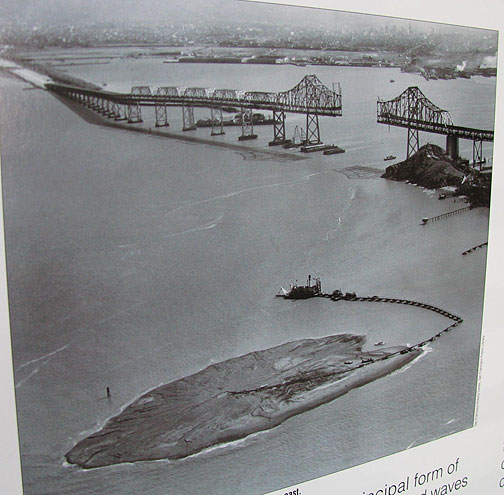
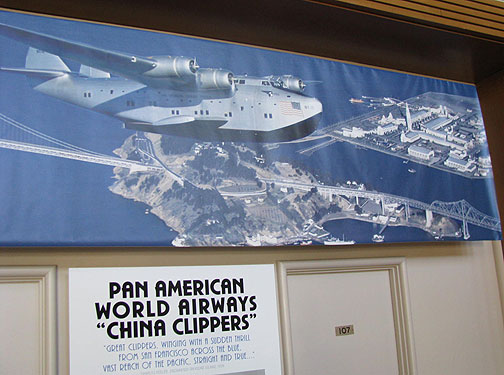
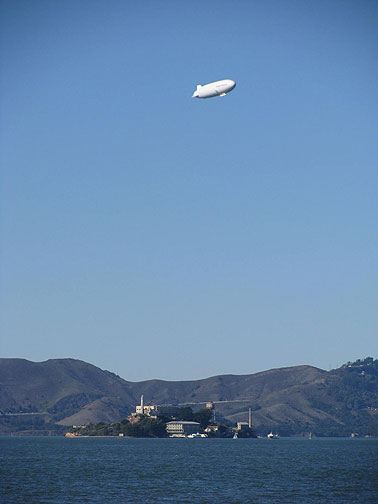
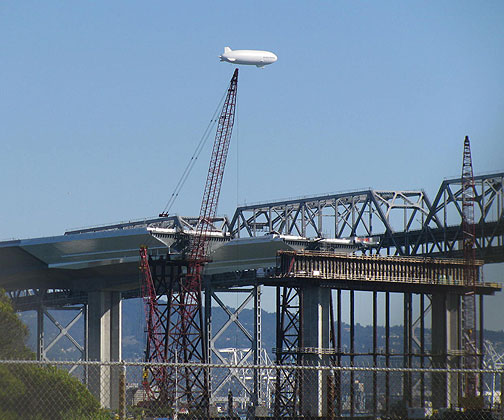
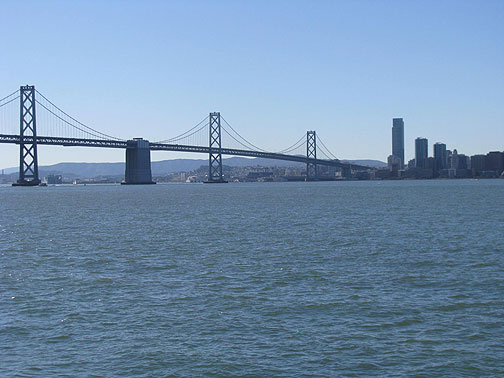
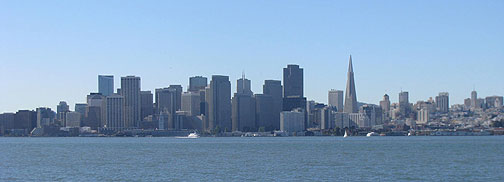
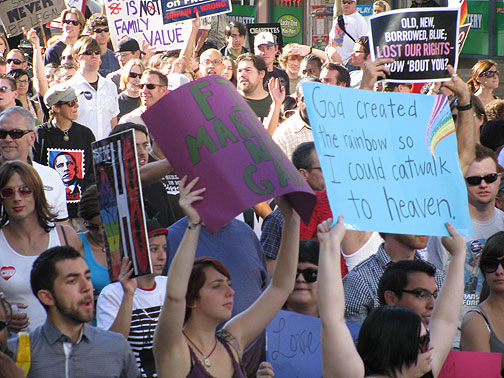
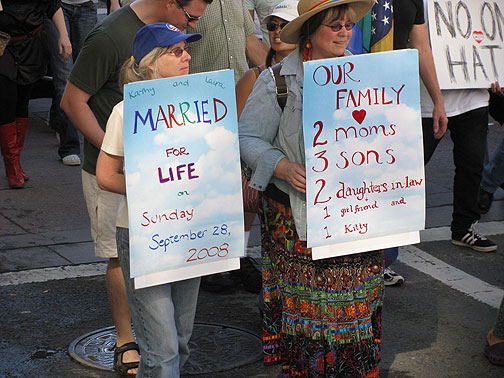
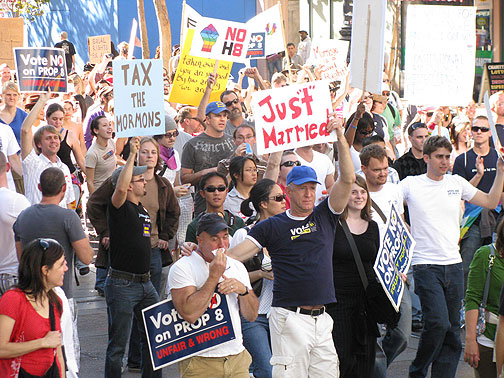
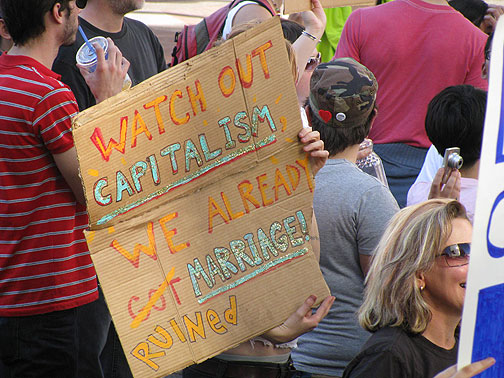
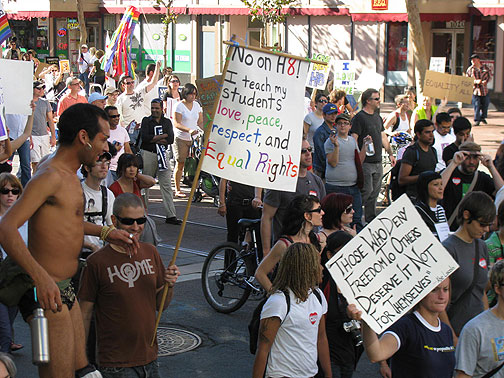
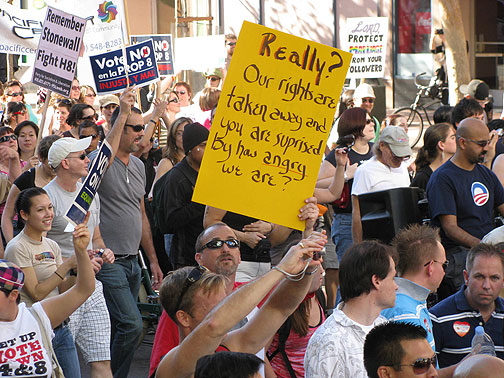
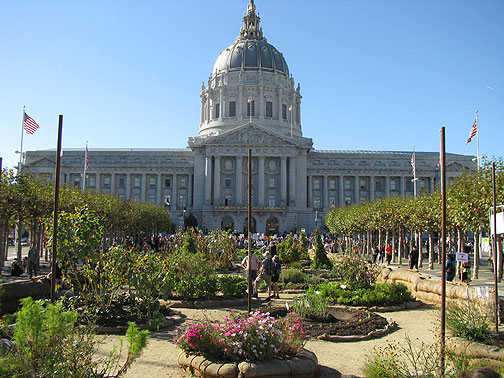
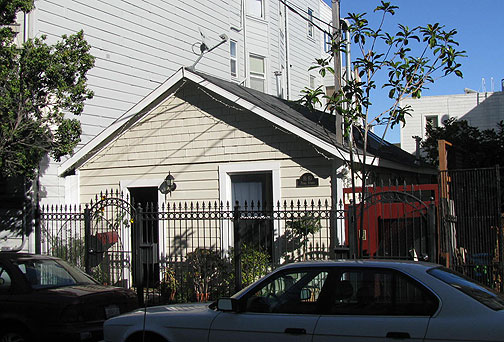
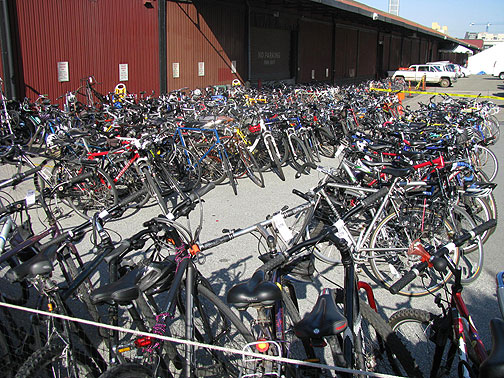











Leave a Reply